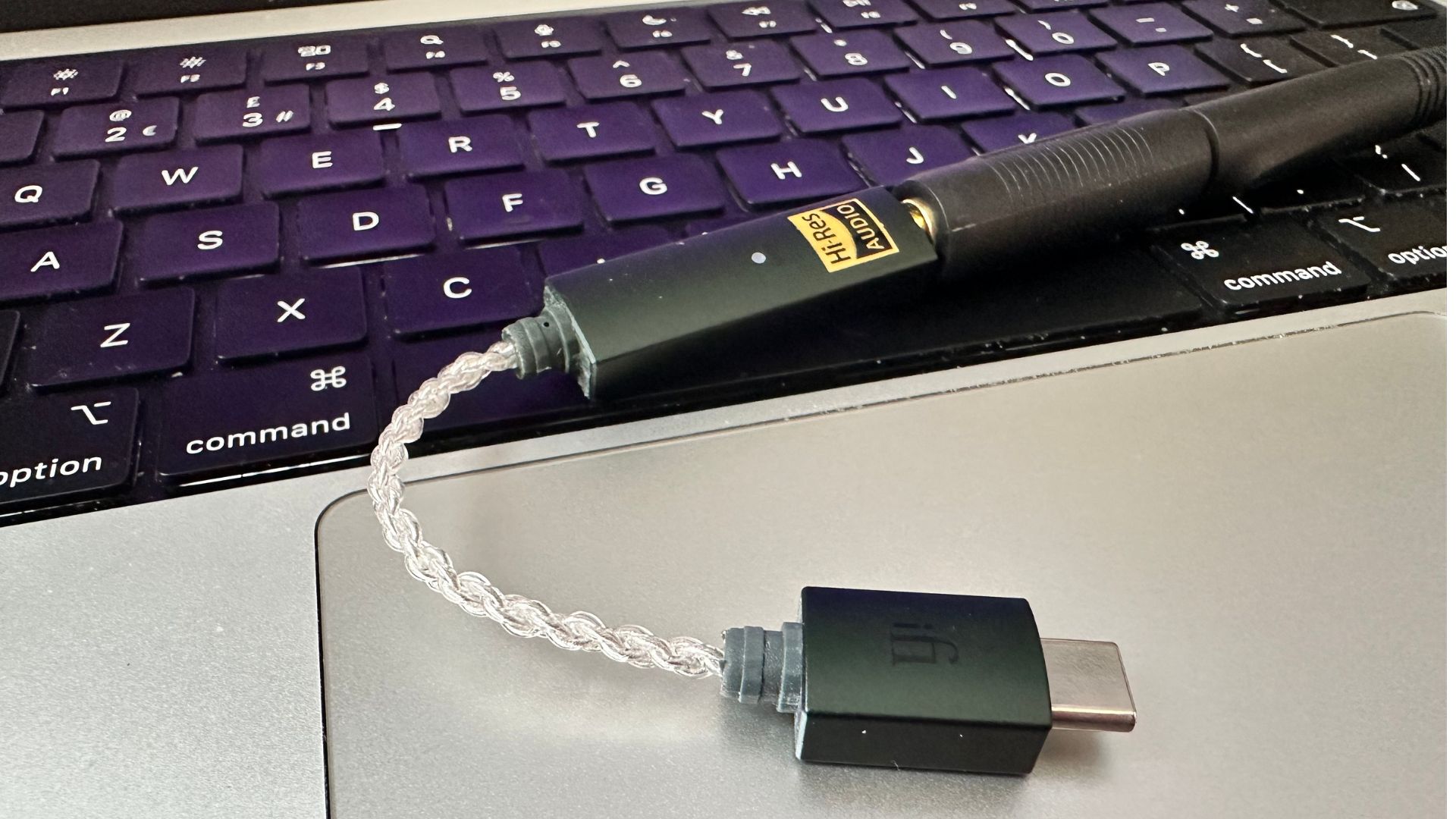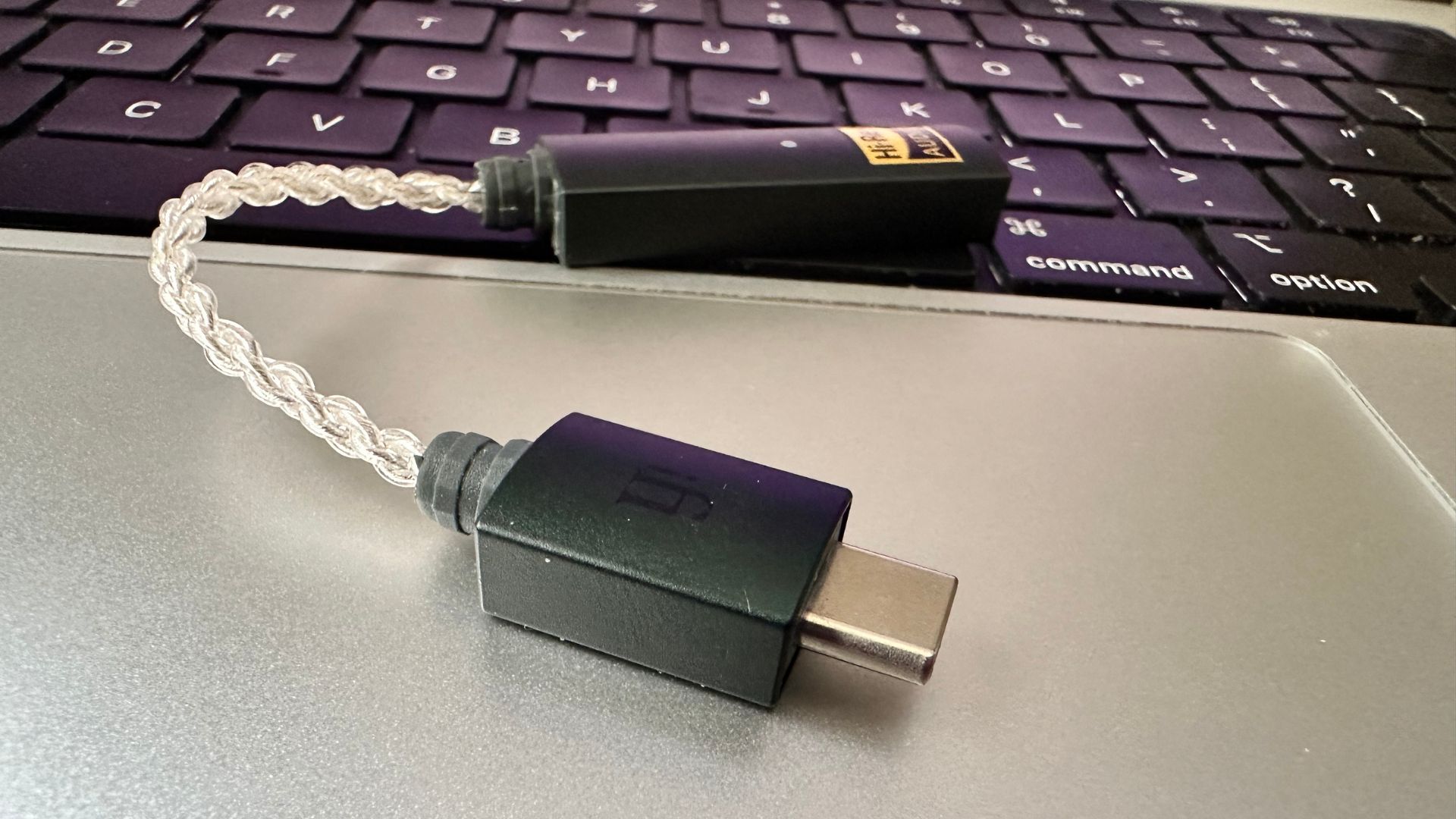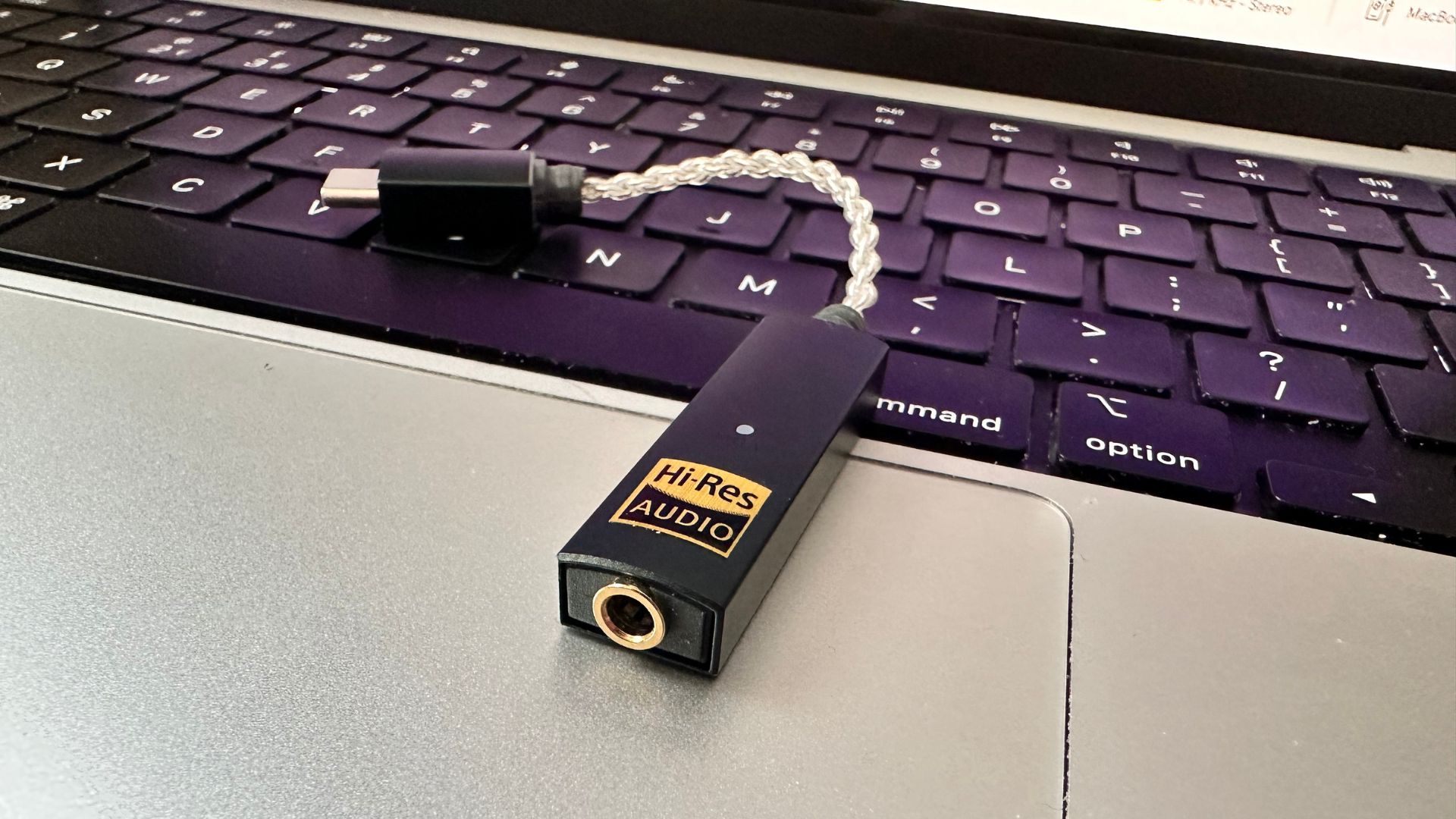This USB-C headphone dongle brings back the headphone jack to the iPhone 15 — and makes your music sound brilliant
Return of the Jack!

The last iPhone to carry the headphone jack was the first generation iPhone SE, discontinued in 2018. For those that can do maths, that is now five years ago. Five years with no main-line iPhone with a headphone jack, and the only way to get one officially from Apple is with a $10 dongle that feels like it’s only going to last around three minutes. From my experience, in fact, they can last even less time than that, with unreasonably thin cables.
Now, with the advent of the USB-C port on the bottom of the iPhone 15 line, it’s become easier to connect headphones with different dongles, and it’s even opened the floodgates to a whole new idea for iPhones — USB-C DACs.
Both dongles and DACs have their positives and negatives, but it all boils down to two things. Dongles are small but don’t improve the quality of music for wired headphones. DACs improve sound quality but tend to be large and take up more space in your pocket. This, however, the iFi Go Link DAC combines the best of both worlds — the compact dongle form factor with the audio improvement of a DAC. And I love it.
It’s small!

Ok, so it might be larger than most headphone dongles, but it’s still nice and small. It’s just a USB-C connector, a short twisted cable, and then a slightly elongated headphone jack. It plugs into the bottom of your iPhone 15, and then converts the digital music signal into an analog one that your headphones can put into your ears. Hence, ‘digital to analog converter’.
I really like how clean and easy to use the iFi Go Link DAC is. It doesn’t need adjusting like other DACs, you just pop it into the port on your iPhone and away you go. You know it’s active when 1. The little green light on the dongle is on and 2. When music comes out of your connected headphones.
There’s no app to change settings, and no Bluetooth connection — it is about as plug-and-play as any kind of audio device could be. But you’re not paying $50 for a dongle are you? Let’s see what it does to audio.
The difference

So plugging your wired headphones into the dongle will give you the ability to play the fabled ‘hi-res’ tracks from Apple Music. That means greater detail, and greater frequency response. It also gives a little more power out for your more power-hungry headphones, so you might notice you don’t need to put the volume up quite as loud.
Master your iPhone in minutes
iMore offers spot-on advice and guidance from our team of experts, with decades of Apple device experience to lean on. Learn more with iMore!
Plugging in my Sennheiser HD599SE (a great budget pair of audiophile cans) I immediately noticed some lovely improvements to the standard Apple dongle. There’s more detail to tracks, with things like cymbals coming through with more presence. Audio performance all around is improved — I hooked up Delain's Stardust, and the vocals are crisper, the guitars crunchier, and the drums punchier. The soundstage is improved as well, with greater instrument separation. No, it’s not going to be as impressive as a larger DAC, but it is still better than a standard headphone dongle.
It’s not too expensive, either.
You aren’t going to get all that for the same price as a standard dongle, of course not. One of these will, however, make any of your wired headphones sound much better, and give you an idea of what a more expensive DAC can do.
This one, at $59, is one of the cheapest and most compact DACs you can get — and it's the perfect way to dip your toes into high-end audio.

As iMore's Senior Staff writer, Tammy uses her background in audio and Masters in screenwriting to pen engaging product reviews and informative buying guides. The resident audiophile (or audio weirdo), she's got an eye for detail and a love of top-quality sound. Apple is her bread and butter, with attention on HomeKit and Apple iPhone and Mac hardware. You won't find her far away from a keyboard even outside of working at iMore – in her spare time, she spends her free time writing feature-length and TV screenplays. Also known to enjoy driving digital cars around virtual circuits, to varying degrees of success. Just don't ask her about AirPods Max - you probably won't like her answer.
